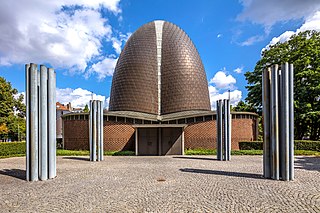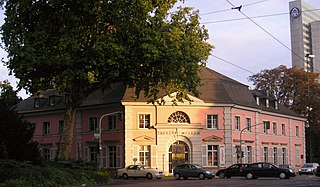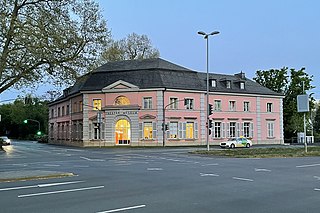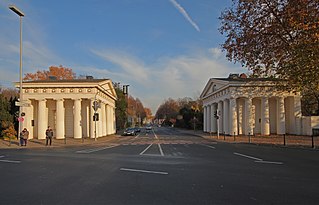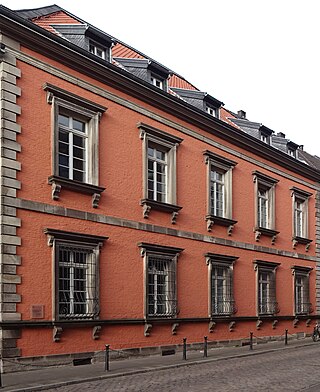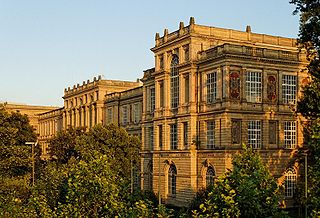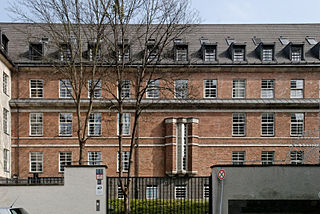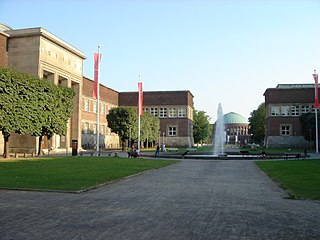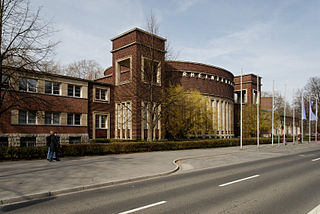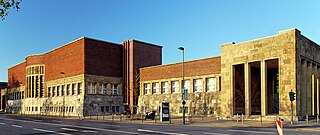Self-guided Sightseeing Tour #5 in Dusseldorf, Germany
Legend
Guided Free Walking Tours
Book free guided walking tours in Dusseldorf.
Guided Sightseeing Tours
Book guided sightseeing tours and activities in Dusseldorf.
Tour Facts
3.6 km
46 m
Experience Dusseldorf in Germany in a whole new way with our free self-guided sightseeing tour. This site not only offers you practical information and insider tips, but also a rich variety of activities and sights you shouldn't miss. Whether you love art and culture, want to explore historical sites or simply want to experience the vibrant atmosphere of a lively city - you'll find everything you need for your personal adventure here.
Activities in DusseldorfIndividual Sights in DusseldorfSight 1: St. Rochus
The Catholic Church of St. Rochus is located at Rochusmarkt 5 in the Düsseldorf district of Pempelfort. It is the successor to the Rochus Chapel, which was demolished at the end of the 19th century. The parish of the same name was founded in 1890/1891 and dissolved on 1 January 2013 by joining its historic "mother parish" Holy Trinity.
Sight 2: Hofgärtnerhaus
The Hofgärtnerhaus is located on Jägerhofstraße within the Hofgarten in Düsseldorf. It is built in the Baroque style and houses the former Dumont-Lindemann Archive, today the theatre museum of the state capital. For the Baroness von Kö, the Court Gardener's House serves as the starting point for her city tours.
Sight 3: Theatermuseum
The Theatermuseum Düsseldorf is a regionally oriented museum in the North Rhine-Westphalian state capital of Düsseldorf. It is housed in the so-called Hofgärtnerhaus in the historic Hofgarten in the immediate vicinity of the Düsseldorf Schauspielhaus and the Deutsche Oper am Rhein. In February 2017, the museum was placed on the Red List by the German Cultural Council and classified as Category 1 and thus threatened with closure.
Sight 4: Ratinger Tor
Get Ticket*The Ratinger Tor is the last and only remaining city gate of the original city of Düsseldorf. However, the current building is not the medieval city gate, but a customs gate that was built between 1811 and 1815 in the classicist style. The need for a new building arose from the demolition of the fortifications stipulated in the Treaty of Lunéville, to which the old gate fell victim. The new Ratinger Tor was moved by about 115 m to the east, which made it possible to extend Ratinger Straße by 60 m and to create a boulevard, today's Heinrich-Heine-Allee.
Sight 5: Palais Schaesberg
The Palais Schaesberg at Ritterstraße 16–16a in Düsseldorf is a listed building. The building is now part of the Ursula Gymnasium complex. With its "clear proportions and elaborately designed window surrounds", it is reminiscent of the façade of Bensberg Castle, the main work of the court architect Matteo Alberti, and was attributed to him before Simon Sarto could be identified as the architect after evaluation of documents from the Schaesberg archive.
Sight 6: Kunstakademie
The building of the Academy of Fine Arts at Eiskellerstraße 1 in Düsseldorf-Altstadt was built between 1875 and 1879 by Hermann Riffart in the historicist style of the Italian Renaissance. On the Rhine side of the building is a modern studio building of the art academy designed by Rudolf Schwarz.
Wikipedia: Kunstakademie Düsseldorf (Gebäude) (DE), Heritage Website
Sight 7: Phoenix-Haus
The Phoenix-Haus is a listed administrative building at Fritz-Roeber-Straße 2 in Düsseldorf's old town, which was built from 1923 to 1926 for Phoenix AG für Bergbau und Hüttenbetrieb on the former Eiskellerberg, served as an employment office for almost seven decades and has been the headquarters of the Düsseldorf public prosecutor's office since 2002.
Sight 8: Denkmal der 39er
In the North Rhine-Westphalian state capital of Düsseldorf, the Ehrenhof, is the name given to an expressionist ensemble of buildings and gardens that was created for the GeSoLei exhibition in 1926. Today, as a museum, it encloses an inner courtyard with the buildings of the Kunstpalast and the NRW Forum and extends axially over a garden parterre to the Tonhalle Düsseldorf, a concert and multi-purpose hall covered with a dome.
Sight 9: Museum Kunstpalast
Get Ticket*The Kunstpalast, formerly Kunstmuseum Düsseldorf is an art museum in Düsseldorf.
Sight 10: Rheinterrasse
The Rheinterrasse is a building with guest and meeting places, which was built between 1924 and 1926 according to plans by Wilhelm Kreis for the GeSoLei exhibition. It is located at Joseph-Beuys-Ufer 33 in Düsseldorf-Pempelfort.
Wikipedia: Rheinterrasse (Düsseldorf) (DE), Heritage Website
Sight 11: Wasserträgerin
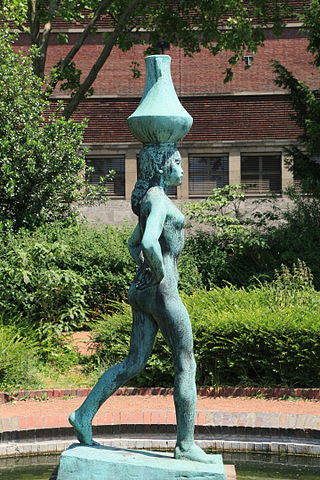
The Nubian Woman is a bronze statue by the sculptor Bernhard Sopher. The figure depicts an unclothed Nubian woman in a striding posture. She carries a vase on her head. The arms are bent, the outside of the hands are placed on the hips.
Sight 12: NRW-Forum Düsseldorf
The NRW Forum Wirtschaft und Kultur, formerly the Museum für Industrie und Wirtschaft, is a museum in Düsseldorf, the state capital of North Rhine-Westphalia, dealing with the development and the economy of the state of North Rhine-Westphalia or regions within it, such as the Rhine-Ruhr-region. Today it is part of the Museum Kunstpalast.
Sight 13: Tonhalle Düsseldorf
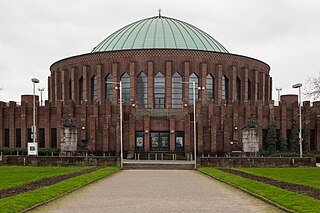
Tonhalle Düsseldorf is a concert hall in Düsseldorf. It was built by the architect Wilhelm Kreis. The resident orchestra, the Düsseldorfer Symphoniker, play symphonic repertoire at the Tonhalle as well as opera at the Deutsche Oper am Rhein.
Wikipedia: Tonhalle Düsseldorf (EN), Website, Heritage Website
Share
How likely are you to recommend us?
Disclaimer Please be aware of your surroundings and do not enter private property. We are not liable for any damages that occur during the tours.
GPX-Download For navigation apps and GPS devices you can download the tour as a GPX file.
